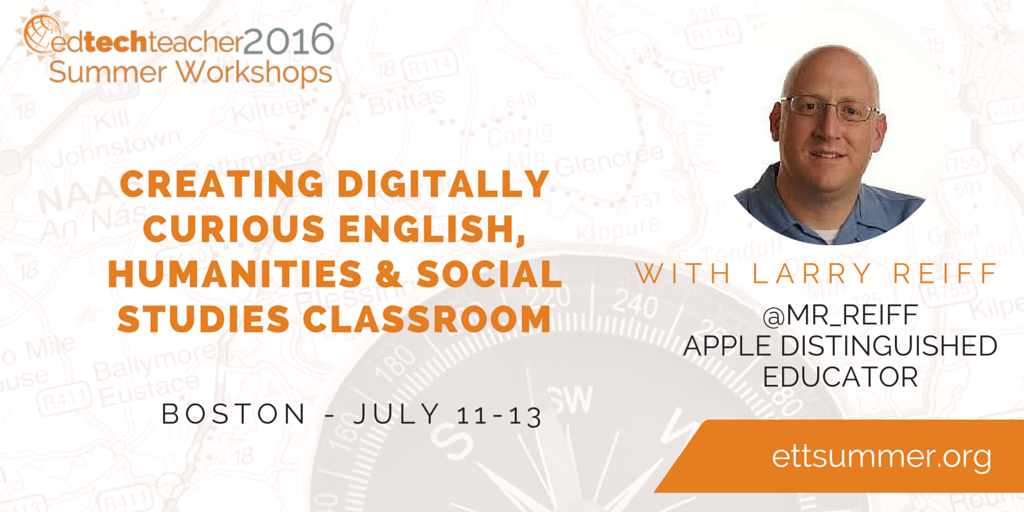You can also read this post on Jen's blog.
The humanities teacher in me could not resist attending “Hacking the Humanities” with Lawrence Reiff. He starts out discussing the importance of the humanities – it’s not about STEM, it’s about STEAM!
Teaching the humanities is about collaboration – perhaps the most important skill of the 21st century. As an interdisciplinary subject, we have common learning goals that we can address across multiple classes (language, science, art, etc.). This allows us to view our discipline from multiple perspectives.
Epic of Gilgamesh, courtesy of Wikimedia Commons
These “mashed” social studies curriculums allow multiple perspectives on content. For example, teaching Ancient Sumeria(history) in conjunction with the Epic of Gilgamesh (literature). It also follows broader concepts like the idea of “the hero” throughout history. Constructing the class as a socratic seminar in a block schedule allows students to explore non-fiction, historical texts, philosophy, and classic literature in a single environment. This can be done in conjunction with team teaching. This format also requires a lot of technology integration – sharing information with colleagues and conveying material to the students. Specifically, the iPad allowed students to make connections across curriculum.
For example, Lawrence will email an image to all of his students. They then explore it in class together – they zoom in on specific areas and the students are able to explore the material both individually as well as a larger group. Additionally, he can incorporate a video, music, text, etc. This allows you to explore not just an individual topic, e.g. slavery, but broader topics – suffering. You can connect it to “real life”: bullying, cheating, self-harm, etc. Using technology, you can incorporate multiple modalities and media – art, literature, news, politics, and real life experience.
Another key element of technology is that the essay is not the only way for students to demonstrate mastery. The iPad allows students to demonstrate their understanding in multiple ways. Using the iPad, they have a film studio, presentation software, sound creation/editing, etc. Using an app like Touchcast, students can create a “news story” to relate a concept in a creative way. Having students record themselves speaking and reading, focusing on things like inflection, can provide great understanding of literature. For example, what’s the difference between: “I didn’t say he killed his wife.” and “I didn’t say he killed his wife.”
iBooks Author by Apple
Using tools like iBooks Author or Book Creator, students can create their own version of Sparknotes for a text; they write plot and character summaries, create maps, include sound and imagery of their own and share with their teacher and their classmates. This is a great way for students to collaborate their own content, create, and collaborate.
Building lessons with the iPad allows you to connect ideas and content through time. For example, you can trace the origins of the English language in conjunction with a lesson on Beowulf, the Anglo-Saxon invasion of England, the social implications of Ebonics, etc. Students can explore how studying language can also be a history lesson as well as civics and politics. If you would like to see some examples of this, check out his free iTunes U course: “The Literature of Global History.”




